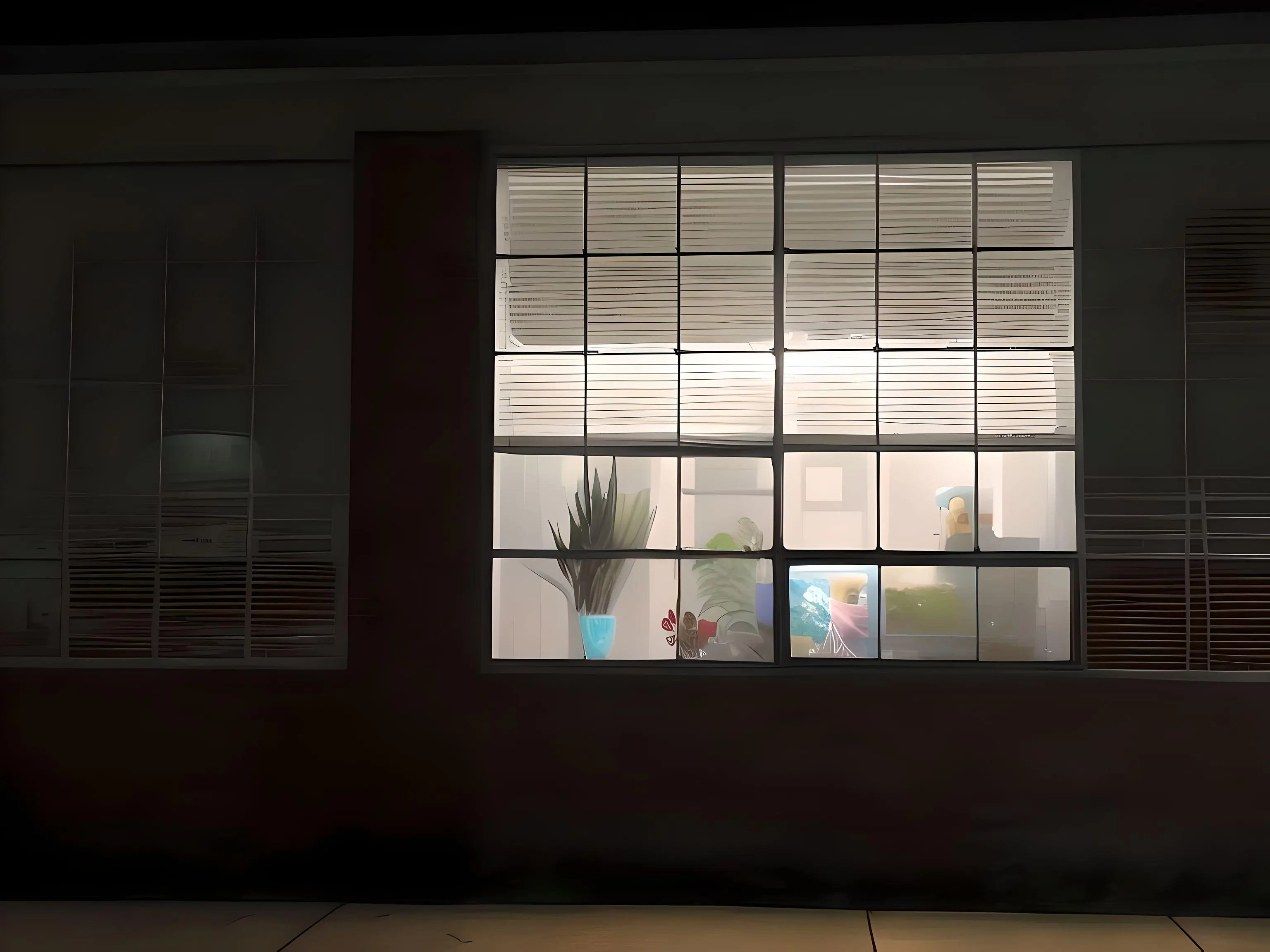It is currently summer in India.
Are there any behavioural or infra modifications that would help handle the increased heat?
I have read about how white roofs would reduce heat absorption and energy needed for cooling
Are there other things like that? Especially ones that regular people can try? The other type(policy decision type) are ok too tho. Would be good to know them.
Also, are there any communities that would have discussions on such topics? Like a TIL or DIY community where people talked about general issues and solutions.
Is it this community?
Not sure how your buildings are built over there so this may not apply. But an exhaust fan for the space between the ceiling and roof does wonders to cool a house after a hot day. Those attic spaces get crazy hot and hold the heat well after the sun sets and it keeps your house hotter longer. This won’t necessarily help with mid day heat, but help cool the living space as the sun goes down.
Definitely mostly brick and mortar construction therefore no attic space in India
Central air conditioning all summer long.
But before I had AC, on hot nights I’d put a cold damp rag on my feet to fall asleep easier and that really worked. I’d also put a box fan in one of my windows pointed outside, and I’d also open a window in another room so that outside air would be sucked in through my home.
I learned to be cool in hot temperature by being still, in the shade, with a breeze, it’s very hot and humid here but also windy usually.
Trees help so much. It is noticeably cooler at the park than in the city.
In the house when there is not air conditioning, roofed porches and opening the windows with fans pulling air through the house helps.
I handled the heat by moving from Northern Australia to Tasmania.
There must me much cooler places in India?
Plants and trees
Bucket of cold water, stick your feet into it.
Tin foil in the windows to reflect radiation.
Cold tap over inside of forearms and wrists (iirc ears work well too, but of course a more awkward reach if you’re just using a bathroom tap).
drink water, loads of it; if you have to go out, always keep a bottle at hand. wear less clothes and keep your house fresh and ventilated, open all windows if possible. buy a/c for your bedrooms but use them just in the night, when you have to sleep. use fans where you have to work or stay during the day. to cope with the higher electric bill, consider installing solar panels on your roof, or a small wind turbine.
In our home we have “coolers” (the big kind with metal bodies and large water storage, and padded, perforforated walls). It is outside our house and blowing air inwards. We try our best to seal the area around window with lots of cardboard, fibre sheet and thermocol, and then depending on time of day, confining the space (by closing other doors in home). It is not AC cool, nor is it really effictive when it is hot (50+ C) outside, but other time it works fine. In the nights it does a pretty good job (good enough that i have caught a cold right now). When we do not want the noise, we just run the water pump, so occasional winds from outside come and are cooled by the running water. Water usage is slightly high (we usually require one filling a day, which would be 40-50 litre water i guess), but we sometimes keep cycling between pump on and off to conserve some more water. If noise is a big concern to you, you can try to basically cover whole of the front (with some sound insulating material, like fibre sheets(the polymer ones often found in packaging)) and then make some side channels for air. Or something more simple is using lighter curtains just in front of cooler. This will break the flow of air, but if you have sealed rest of the are, so air can’t leak elsewhere, then you would get air breaking its flow and flow around the obstacles and reach you, but not as loud. We do something similar, we have not covered fully, we have left partially open (60 % i guess from the middle) but to cover noise, we partially close it by window (which is kept in place by curtain over it) so we get a tighter channel of air (as it bends around the edge of window). If you stay in the channel, you get large air flow, but more noise, but if you move away from it (from my casse, even by a foot) then the noise is cut in half. The rest of the room is now cooled by this air current mixing with rest of room air. If room is large, t=you may also have to turn your ceiling fan on for this, but we do not have to.
In really peak summers (and peak hours of the day), we use ac for few hours (1-1.5 or 2) and when it gets cooler outside, fall back to cooler.
On top of white paint, if it’s legal, try putting up some camo netting above the roof to provide shade on top of the reflectiveness of the white paint. Shades over windows.
Reflectrix on the inside/underside of the roof.
- It’s a cheap material.
- It’s quick to install.
Besides that, better insulation and the use of high efficiency heat pumps.
It might be easier near the coast, but opening up windows during times of day where you can catch a breeze might help with the heat the house soaks up. Insect netting on windows may make this a more tolerable option.
Beyond this, the high ceilings in older style homes seemed to make things feel cooler, but I can’t really confirm that. A lot of design aspects of older homes were meant to deal with heat, so it might not be trendy but works. I’ve seen one place with a sizeable indoor pond/pool in the middle of the ground floor, supposedly inspired by courtyard transpiration. The guy was an odd engineer… no idea about longevity but it did stay cool in that place.
Plants to cut down on sunlight while giving you something nice to look at seems good. Maybe planters for vegetables etc on a flat roof if it’s possible.
DIY paint. It will cool the surface to below ambient temperature.
Quite cool. Thank you.
The video does say that it probably would have specific applications and would not directly be used as an exterior building paint:
https://www.youtube.com/watch?v=KDRnEm-B3AI&t=249
Around 4:09Yeah because it is still in development but it can be experimented with by anyone as he shares all the details. I imagined applying it to a sheet of metal and sitting that in the window so the heat is reflected but the plate will be cool. I haven’t experimented with it myself so I can’t say it would work. Just an idea.
It’s so interesting to me because this is the only way I have seen to cool below ambient without power.
My English isn’t Englishing atm, bear with me. Heat island effect is caused (amongst other things) due to sealed ground. So replacing asfalt roads, and even brick sealings with green space or even better water, should help regulate temperature. On top of this, instead of white roofs, green roofs are also a good option
Thank you.
We generally have sloped roofs for our homes because of our rainy season. Would green roofs work well there?
Yes, I think it would! Not an expert though, but logically I think that should work! Depends on the angle, though, of course
Cover the windows from the outside (not inside) to stop sunlight raising the temperature through the glass. I use tinfoil.
Thank you
If you can afford them (they can be shockingly expensive here in the states!), actual wooden shutters are very attractive and work quite well at cooling a home.
But, if you’d like to keep your view and stay cool, awnings are another option. They keep the window in shade and prevent heat from entering the home nearly as well as just blocking the window, while allowing the window to, y’know, keep on windowing.
If you’re somewhere without a ton of regulation or nosy neighbors, awnings can be made super easily with just some poles and tarps, or even a sheet of plywood depending on how much you care about appearance.
If it’s not overly humid, evaporative air conditioners are a cheap to run way to keep cool. The personal units (Convair Classic etc) are typically about 50 to 80 watts, so a single solar panel, battery and inverter should guarantee safe, grid free cooling for one or two people.
I think humidity in India is generally rather high?
Thank you.
I’m in Kerala. We do have decent humidity in most areas here.
If you’re open to it, please consider an AMA or a write-up on Kerala on Hexbear.
I’m sure people would love to hear about the political situation and life there!
These might be worth trying, I don’t know.
https://www.womenshealthmag.com/life/g44762001/best-wearable-neck-air-conditioners/








